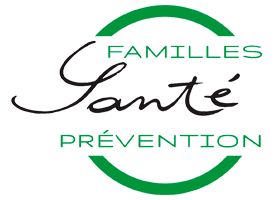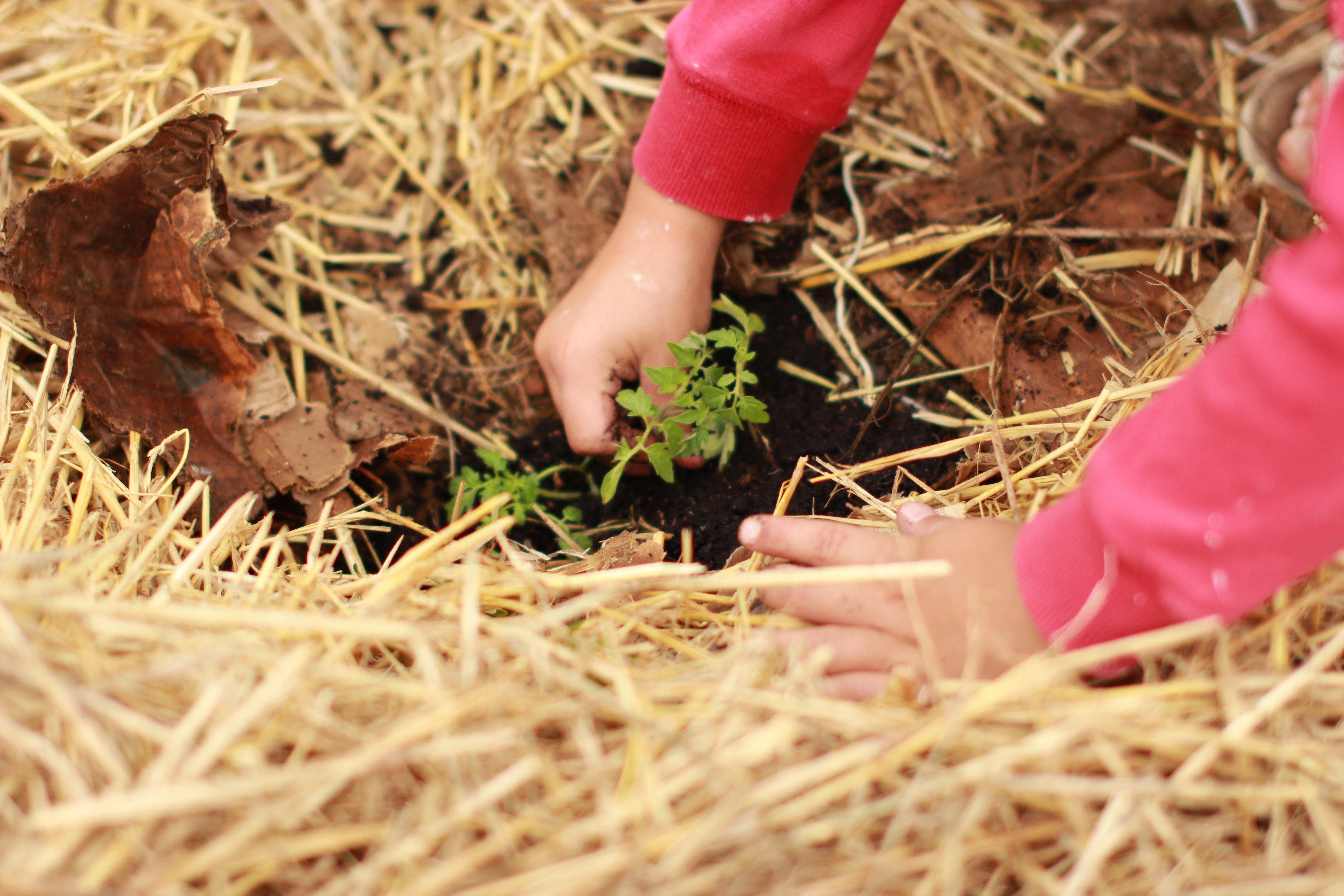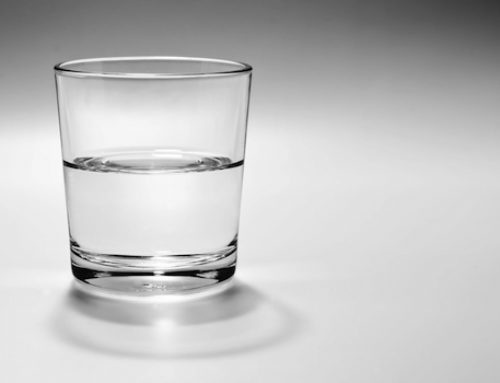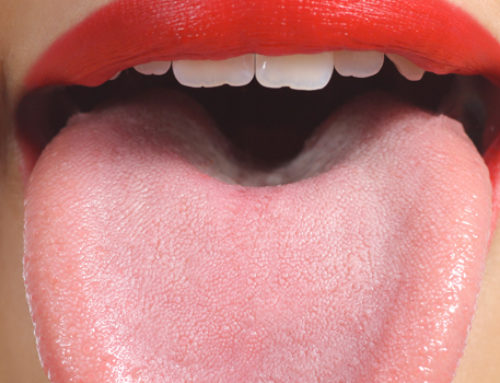Letter No. 203 of the Professor Henri Joyeux – 13th of November 2018
I. The major influence of nutrition and soils
“Of all components of our body fluids, acid have the most harmful effects”.Hippocrates (460 to 377 BC)
“Our nutritional behaviors were always guided by survival. For a food to be integrated, it must not only be good to eat, but “good to think”.”Claude Lévi-Strauss(1908-2009)
Our health depends on what we eat
Acid-base balance is a complex topic, which is vital for health and essential to understand. It requires that scientific explanations be simplified to be understandable to all. Acid-base balance depends in part on nutritional habits and the latter depend upon what foods the soil provides.
First observation :
Our diets have changed substantially in the last century. We’re consuming excessive quantities of sugar and animal proteins brought about by an agriculture increasingly focused on productivity.
– Our caloric intake (sugars and bad quality fats) increased substantially: from 80 to 90 calories for 100 g of foods to 150-200 calories.
– In France, meat and charcuterie consumption increased from 30kg/ 66lbs per person and per year to 100kg/220 lbs.
Second observation:
Consumption of plant-sourced foods decreased substantially to reach only 15g of fibers per day, i.e. 1/6th of the individual consumption 100 years ago. While consumption seems to have bottomed out and is now on the rise, which is good for the overall health of consumers, it remains insufficient. In 2018, only 25% of French people were eating 5 fruits and vegetables per day, proof of the severe lack of efficiency in health advertising campaigns. Moreover, the nutritional value of vegetables and meats we consume has decreased with the generalization of pesticide use.
Third observation:
The sedentary nature of our lives is not conducive to the elimination of multiple pollutants (via perspiration) that are linked to paralyzing stress. We’re consuming excessive quantities of medications, which introduce additional pollutants into our bodies.
Therefore, our cells – and particularly so in the case of liver cells – are overloaded. Cell energy is damaged at the level of the power station of all cells: the mitochondria. Thanks to oxygen brought to the cell, mitochondria operates an energy cycle, which was discovered by Hans Krebs in 1937. It is called the citric acid cycle. It takes, each differently, carbohydrates, fatty acids and amino acids stemming from the transformation of foods through the digestion of nutrients and turns them into energy.
For some time now, we’ve known that lessened cell oxidation increases the likelihood of cancer, and that cancer cells often lack citric acid or “citrates.” An intake in citrates thus promotes cell respiration and hinders the development of cells that would be dangerous to the whole body.
Common misperceptions about acidity
We often mix up the acidic taste of a food with body acidity. Due to a lack of sufficient information, it is common to associate acidic taste with the acidity of our body.
Yet it has been proven since the time of Hippocrates, that acidifying one’s body is harmful to your health. Generally speaking, we shall see that foods having an acidic taste do not acidify the body, and in fact, have quite the opposite effect.
What is the acid-base balance?
The acid-base balance depends on the respective concentration in ions, either positive [1]H+, or negative OH-.
Hence “acid” is a body that can lose positive ions (H+), and a “base” is a body that can accept positive ions [1](H+). An ion is electrically charged, whether it is positive, called “cation,” or negative, called anion.”
The acid-base balance was arbitrarily defined as the concentration in H+ ions in a water-based solution. It measures the thermochemical activity of hydrogen ions in a solution. It is called “pH” or potential Hydrogen.
In the body, this balance is maintained through several processes that allow for an almost permanent level of ions H+ concentrations inside of the body, i.e. for a human, in the blood flow.
Such processes, called buffer systems, fight acidic or alkaline aggression with the sole goal of maintaining a balance.
Hence blood pH is very stable. It usually approximates from 7.38 to 7.40. Anything outside this norm is imbalanced. under this norm, the imbalance is called “acidosis”, and above, “alkalosis”.
We will see that our body is perfectly organized so as to maintain balance.
The impact of nutrition on acid-base balance
Intake and production of H+ ions in the human body essentially depends on our nutritional intake.
H+ ions stem from what is called catabolism, i.e. a degradation of complex molecules which we get from our foods so that, once digestion has been facilitated by saliva enzymes and stomach fluid, they can be absorbed through the digestive tract and travel into the blood. This is the passage of nutrients through the hemato-intestinal barrier.
Food molecules each possess the 4 atoms that are essential to life: Carbon (C), Hydrogen (H), Oxygen (O) and Nitrogen (N).
Carbohydrates degrade into simple carbohydrates, proteins degrade into amino acids, and fats or lipids into fatty acids.
Proteins are the main source of H+ ions.
Therefore, our nutrition can be or not be charged with acidifying nutritional elements.
– Acidifying foods: They usually have an animal origin: red meats, charcuterie, animal dairy (butter, cheese, yogurt, milk, ice-cream, crème brûlée), fish, refined sugars, soda, coke, alcohol, nicotine found in food through saliva concentration.
– Alkalinizing foods (i.e. rising the blood’s pH, rendering it closer to a base) usually stem from plants: fruits, vegetables, legumes, cereals, and plant minerals especially calcium, potassium, and magnesium.
– Foods that have weak alkalinizing effect or are lightly acidifying are asparagus, sorrel, leek, artichoke, brussels sprouts, onions, hard boiled eggs, some types of raw honeys, rhubarb, oranges, apricots, plums, hazelnuts, pistachios…
The consumption of acidic-tasting fruit is ill-advised evenings around bed time.
Clearly, vegetable foods are better for us than animal foods. This explains why being vegan, which bans the consumption of all products of animal origin (even honey, eggs, quality cheese) is so trendy.
In this way, what has an acidic taste often is alkalinizing: lemons, citrus, apples. Beside fruits, vegetables and legumes also bring in quality minerals that are essential to the cardiac function (potassium[2]) bone function (calcium and phosphorus), and nervous system (magnesium).
Moreover, not only do vegetables have an alkalinizing effect, they also force us to chew slowly and thoroughly, which stimulates salivation (alkalinizing), olfaction and tastes. This demonstrates the benefits of the dental system, of salivation and goes radically against current nutritional habits and products, which often are liquid or pasty, hence overcooked.
If after changing your nutritional habits, and despite thoroughly chewing, you experience bloating after eating raw vegetables, you should adopt a more gentle and shorter cooking method that preserves nutrients and fibers: soft-steam cooking. It is all the more necessary so as to avoid the formation of phytates (poorly blended and chewed fibers), which is to blame for intestinal malabsorption, in particular mineral malabsorption, especially iron.
How to calculate your acidity levels
Specialits’ PRAL (Potential Renal Acid Load)[3]
The Potential Renal Acid Load assesses the acidic charge (or allkaline charge) that is generated in the body per 100g of foods.
Therefore, it calculates the influence of foods on the acid-base balance.
- Pral >0: the food is acidifying (pH dropping)
- Pral <0: the food is alkalinizing (pH rising)
- Pral = 0: the food is neutral and does not change the acid-base balance
This index should not be taken at face value. It is an indicator that assists professionals to give nutritional advice to a patient.
Here are some examples in milliequivalents (mEq) for 100 gr foods:
– alkalinizing: Apricots–4.5; Banana – 7; Cinnamon – 24; Cumin –31; turmeric –45; spinach –12; lemon juice– 2,4; Melon – 5; hazelnuts – 3; Orange – 3; potato – 5; Quinoa – 0.20; Tomatoes –4 …
– acidifying: Butter +0.5; Camembert cheese +13; Comté cheese +23; Beef +13; smoked ham +12; white bread +3.7; whole grain bread +1.8; Parmesan +28; chicken +14; sausage +9; peanuts +6; Yogurt +0.20; manufactured fruits juices +1 at the very least, depending on the content levels of industrial fructose (HFCS).
Stress increases acidity by triggering the vegetative system
Stress very often induces the consumption of sweet foods. Sugar addiction is stronger and more insidious than cocaine.
Cells get more or less invaded by carbohydrates that haven’t been burned by regular high intensity physical activity, since sweating eliminates H+ ions. Excess carbohydrates ferment and often turn into lactic acid, thereby acidifying the pH balance.
Stress influences breathing, which gets increasingly superficial with constant tension and anxiety. The body receives too little oxygen and does not eliminate enough acid in the form of carbonic gas, thereby increasing overall acidity.
Stress also stimulates the adrenal glands (this is called “adrenal fatigue) and the formation of cortisol, which travels to the blood. It decreases immune defenses, depletes our bones from magnesium and calcium drained in the urine, and stocks sodium, which in turn triggers water retention and causes edema. Hence stress induces weight gain. Lack of sleep also is one consequence of stress and increases risks of gaining weight.
A body with an acidic pH balance is easily exhausted. Persons with high stress increase their acidity level, and in turn too much acid increases the release of stress hormones, in particular cortico-steroids that are manufactured by adrenal glands. They release sugar from cells, thereby increasing glycemia.
Stress induces latent acidosis, osteoporosis and chronic fatigue.
Stress hormones, excess adrenaline, and glucocorticoids induce immuno-depression, all of which increase the overall risk of infectious state.
Hence the new terms “inflammaging”, which combines “inflammation” and “aging”, and “carbaging”, which combines “carbs” or sugar with “aging”, and “slagging”; inflammation – linked in part to high sugar intake – being conducive to accelerated aging.
This is why in the last great chapter of life, Earth’s acid-base balance is as important as Man’s: healing the Earth also means healing Man ( soigner la Terre c’est soigner l’Homme)[4]
The consumption of over-acidic foods requires balancing reactions that can overburden the body.
The soils’ acidity level, its pH balance, and its texture, constitutes an essential factor for plant life and the life of those who eat them: animals and men. Therefore, the exhaustion of our soils only can exhaust animals and men.
Consequently, the most urgent, the emergency of emergencies, is to take care of our soils’ life. An alkaline soil most often has a high calcareous content. An acidic soil by definition is not calcareous at all. Therefore, a plant that requires an acidic soil would suffer in a calcareous soil, and vice versa. It is difficult to know the acidity levels of a soil.
Bringing in acidic fertilizer without tilling the soil will bring a high concentration of acidity on the surface. In order to contain pH variations, soils possess a buffer capacity: minerals that contain aluminum can become soluble, whereas others such as phosphorus can be blocked. The presence of aluminum A13+ in a soil solution can be toxic to the plants. It can also be toxic for men, for example in vaccines or with in anti-acids in the stomach.
Acidity can disrupt soil fertility as much as human fertility.
An elevated pH in a soil helps increase the bacterial biomass as well as the quantity and diversity of worm life, thereby increasing organic matter decomposition. Organic life serves man.
Lydia et Claude Bourguignon have asserted that “the only thing that could save humanity from great disasters are agriculture & biodynamy… Biodynamic agriculture is costless. It is done only with manual preparations. It can be enriched with local knowledge. It is extraordinarily simple. Besides, biodynamic agriculture more perfectly fits the mentality of third world countries, who are not foreign to the notion of cosmic forces.” It won’t happen tomorrow, but it is the future of Earth as well as our future.
Vegetal and animal products depends on their origins: the way they are produced. Farmers are the first actors of our health, and unconsciously the conductors of our acid-base balance. It is highly necessary to value our farmers, and to create more jobs in the field. The earth and the people who take care of it need respect. They are fundamental to our health.
We will tell you next week how our body is capable to maintain the acid-base balance, which is in no way a good reason to overburden it.
All the best,
Pr. Henri Joyeux
Sources
[1] The name “ion” was created in 1834 by Michael Faraday,(1791- 1867) pour refer to chemical species responsible for electrical conductivity electrical conductivity in solutions. Faraday wanted to explain the transportation of current in electrolyte solutions.
An ion is an atom or a molecule that carries an electric charge. There are two great categories among ions : “cations”, positively charged, and “anions”, negatively charged.
[2]Beware, here we don’t refer to potassium chloride, which is injected intravenously and can provoke instantaneous heart failure.
[3]This index was designed by Dr. Thomas Remer and Friedrich Manz, German specialists of the acid-base balance, working from the Institute of children nutrition research in Dortmund, Germany. The unit of unit is called milliequivalents (mEq).
Thomas Remer and Friedrich Manz, “Potential Renal Acid Load of Foods and its Influence on Urine pH”, Journal of the American Dietetic Association, Vol. 95, no 7, 1995, p. 791–797
[4]This is the topic of lectures that I give with Pierre Rabhi
La Lettre du Professeur Joyeux is an independent and free information service est un service. It specializes providing the wider public and families with disease prevention information. Click here to subscribe to the letter.
This health advice is provided free of charge by this organization and cannot be considered as personal medical advice. No treatment should be initiated solely on the basis of this content. It is strongly advised to consult a properly licensed health professional to seek responses with regard to one’s health and well-being. No information or product mentioned on this website is meant to diagnose, treat, atone or cure a disease.
You have a Personal Health Question ? ( Confidential response) or you wish to enjoy our exclusive services?
Become an exclusive member of our association for one year by clicking HERE.




